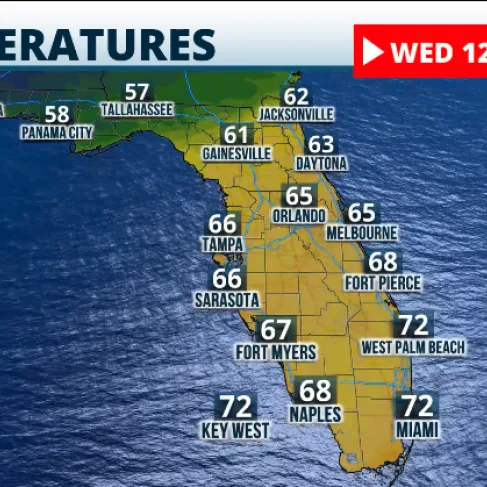As the countdown to the New Year begins, many families across the United States continue to observe age-old culinary traditions intended to bring luck and prosperity in the coming year. One of the most widely recognized customs is the consumption of black-eyed peas on New Year’s Day. Originating from Southern cuisine, this tradition is rooted in the belief that the peas symbolize good fortune. As reported by CBS News, adding ham hocks or meat to the dish further enhances the promise of prosperity. The peas range in number from 365 to 1,000, signifying a year of good luck with each pea representing a day. ‘This dish has a long-standing tradition, and people are willing to go above and beyond for it,’ said food enthusiast Mark Schwartz. Another symbol seen during New Year’s celebrations is collard greens, which represent money and prosperity due to their green color. Often enjoyed with cornbread, the combination captures the spirit of abundance. Additionally, grapes are consumed by many Hispanic cultures at midnight, with individuals eating twelve grapes—one for each chime of the clock—to symbolize hopes for the upcoming month. ‘These traditions bring people together and usher in hope for a better year,’ remarked cultural historian Clara Mendoza. Each culinary custom not only holds significance for individuals but also serves to unite families and friends as they welcome the New Year with intentions of happiness and success.
New Year’s Eve Food Traditions: A Recipe for Luck and Love











